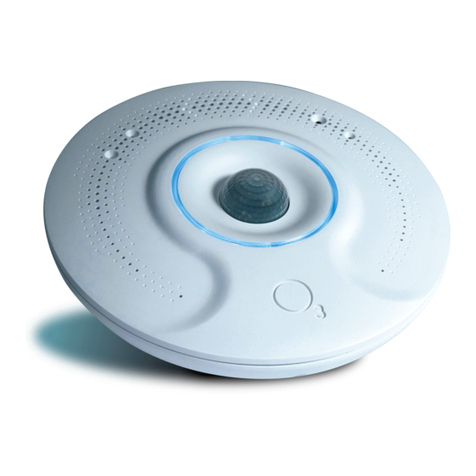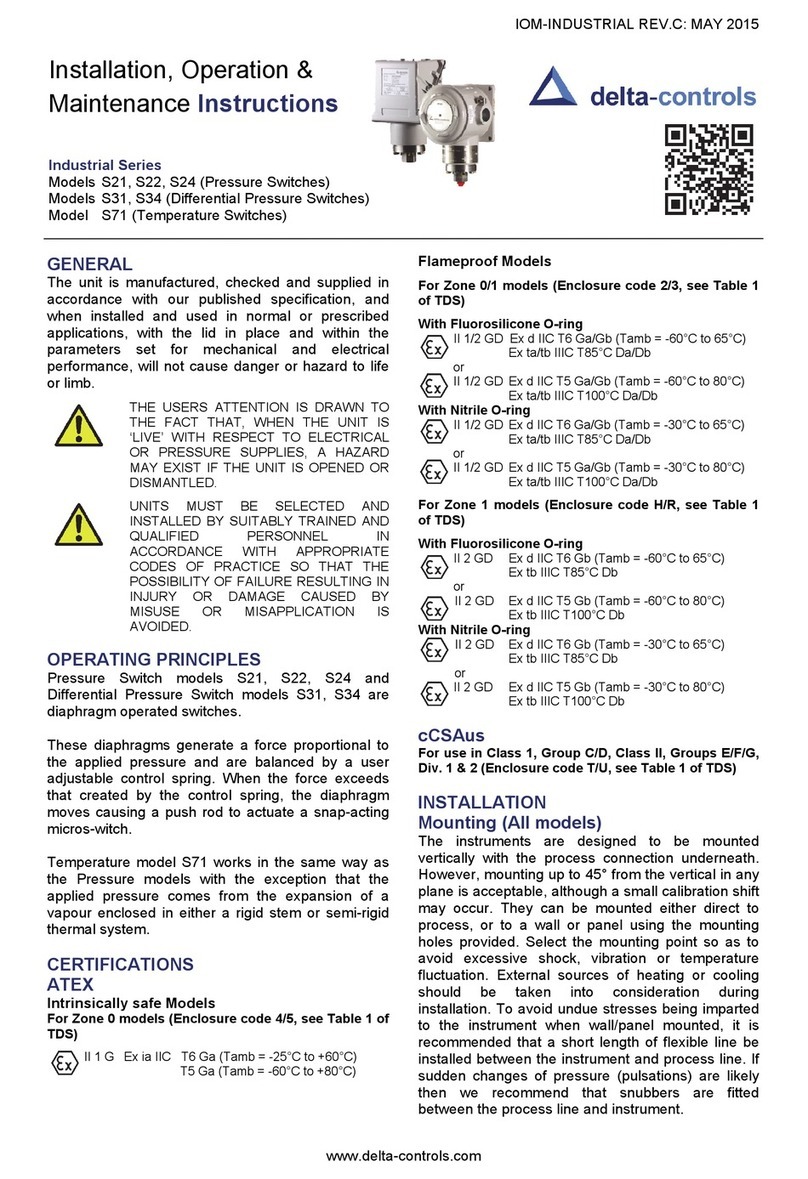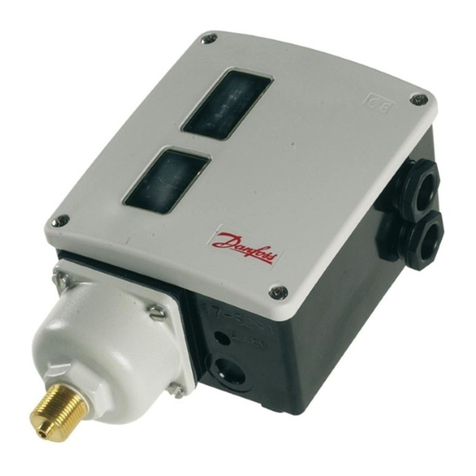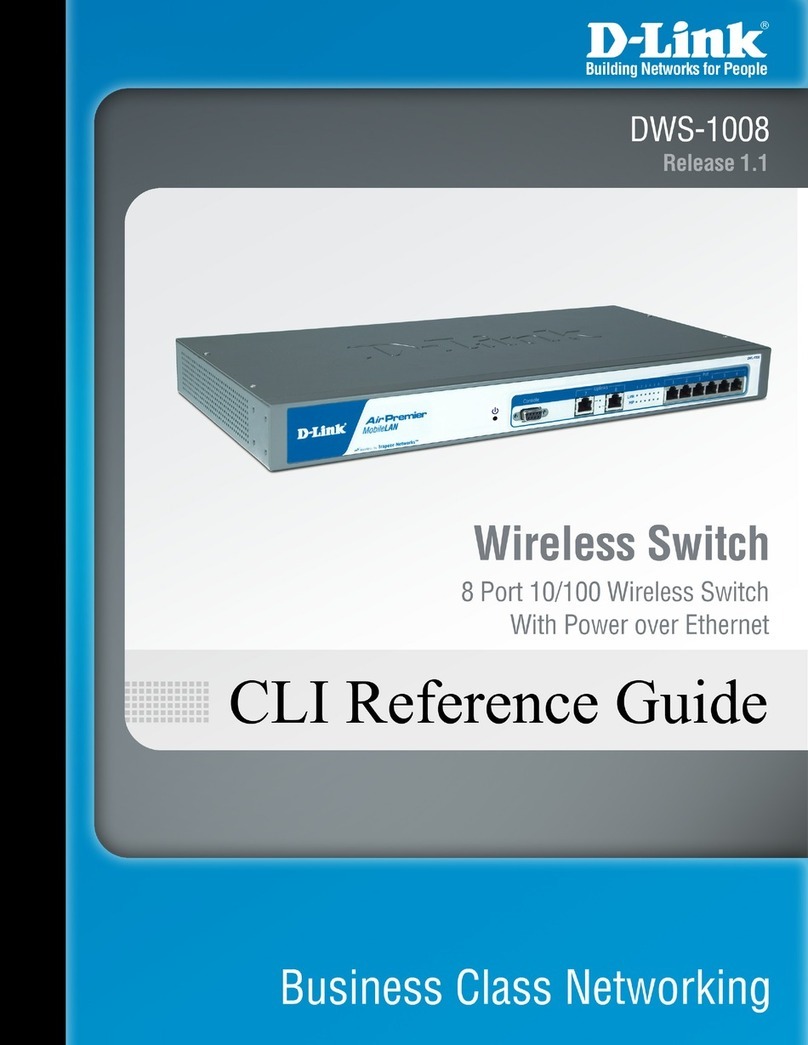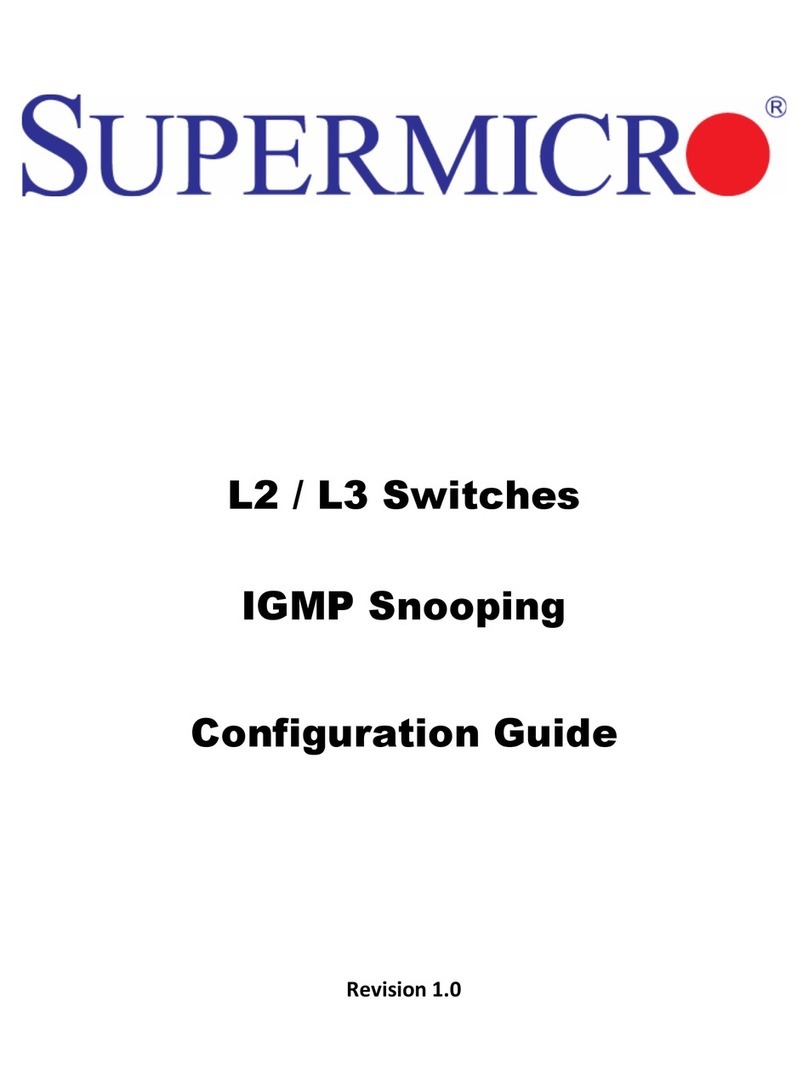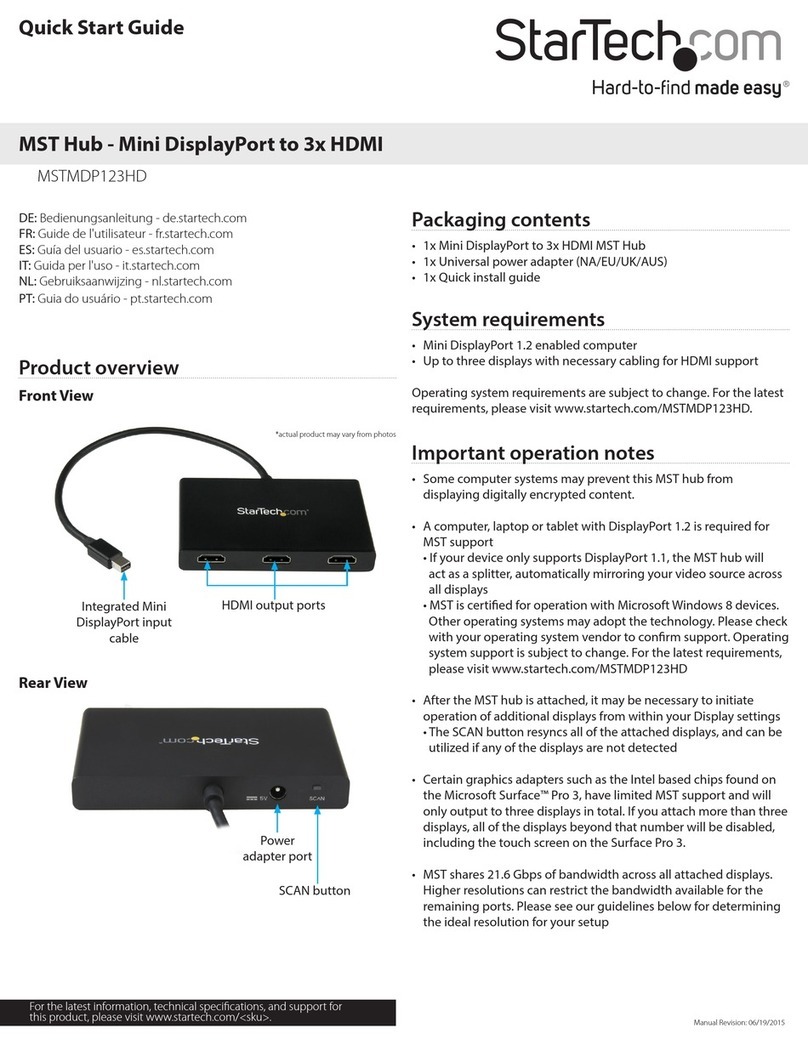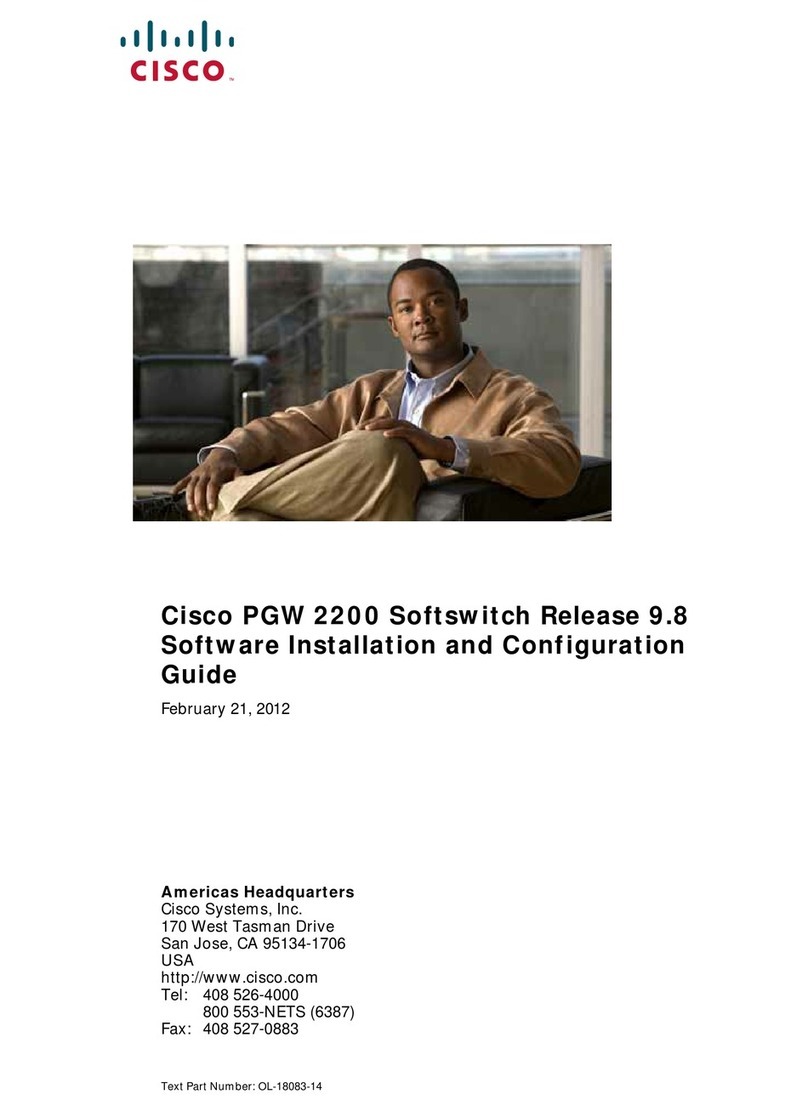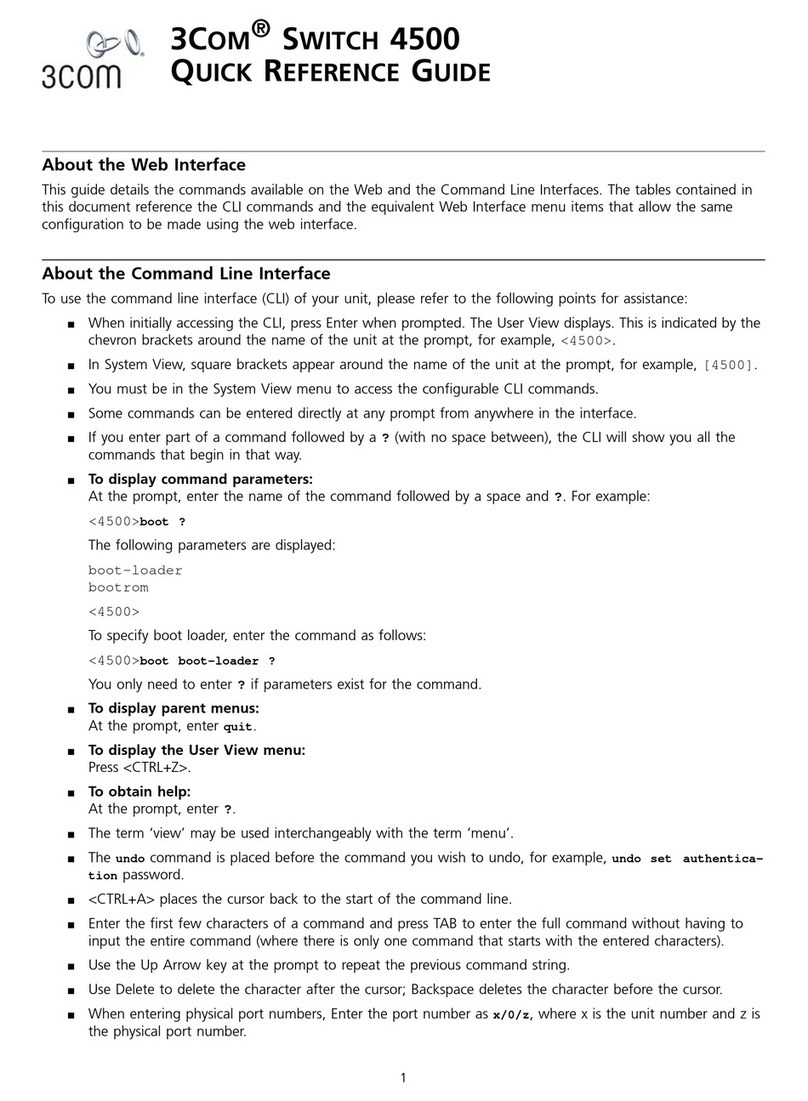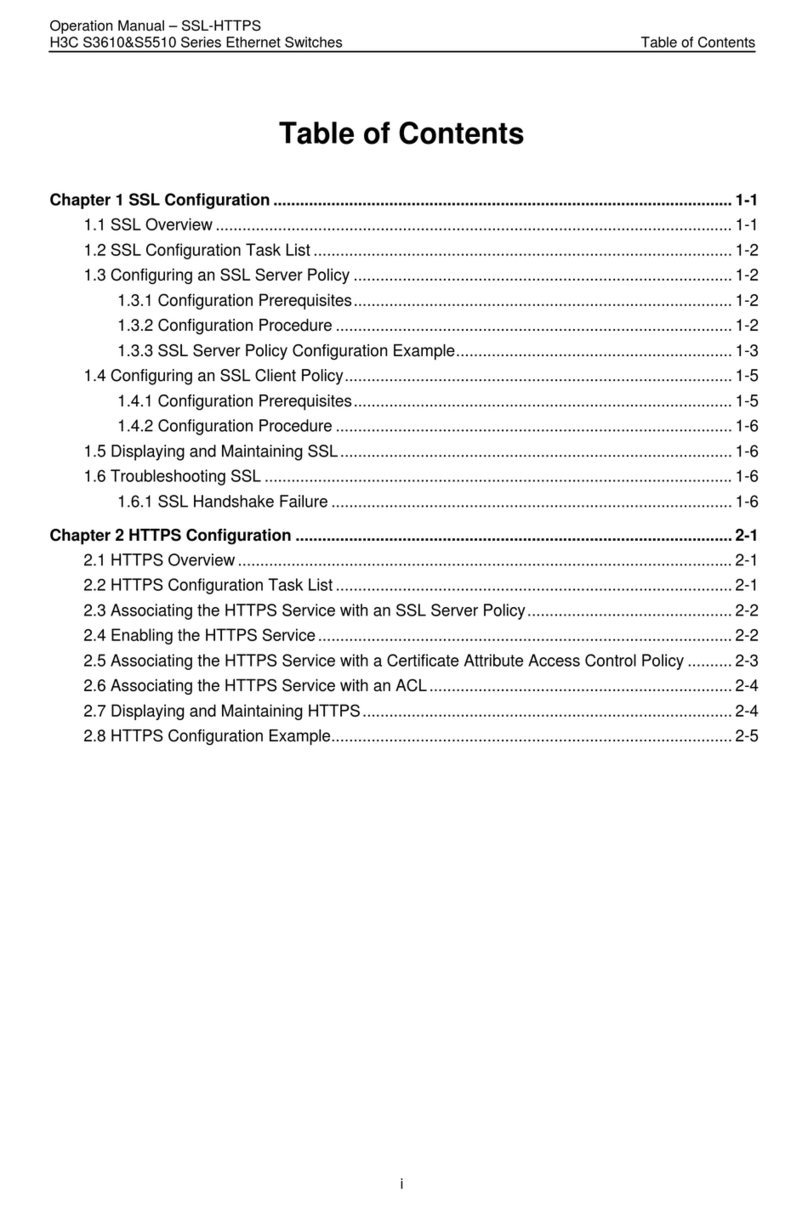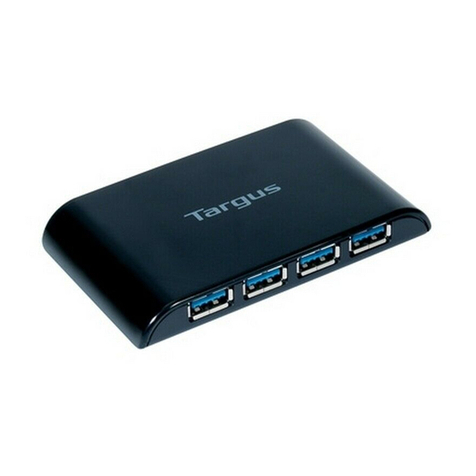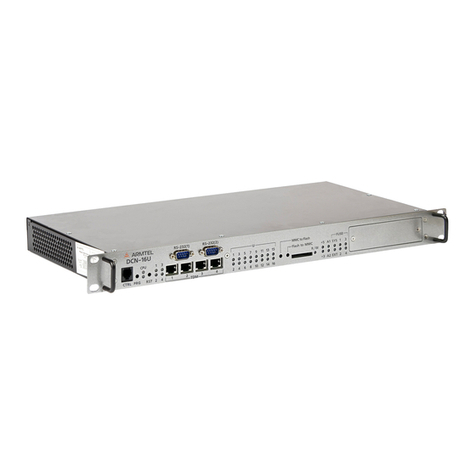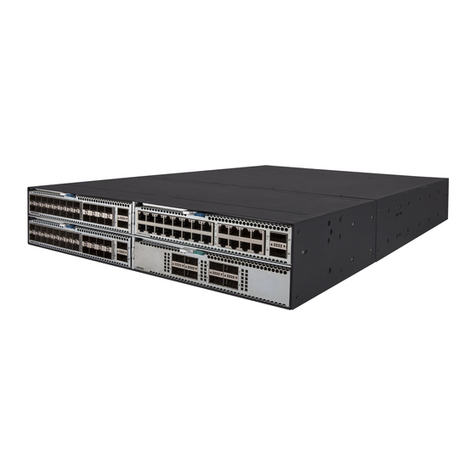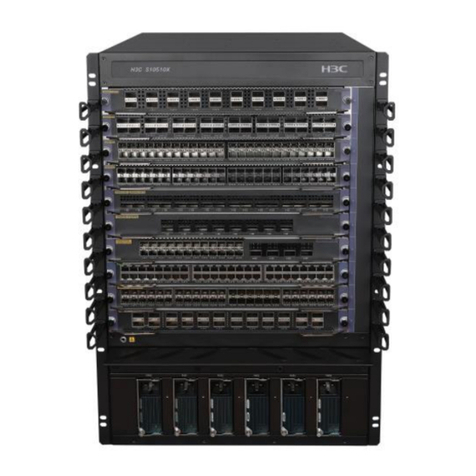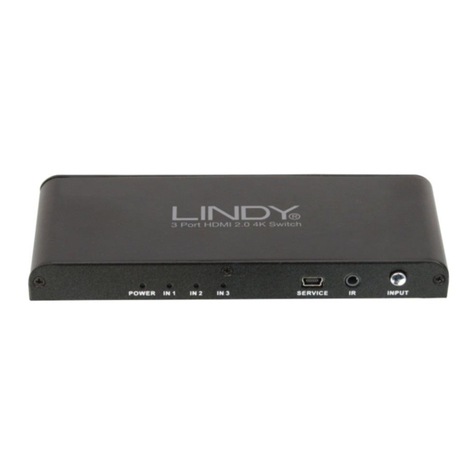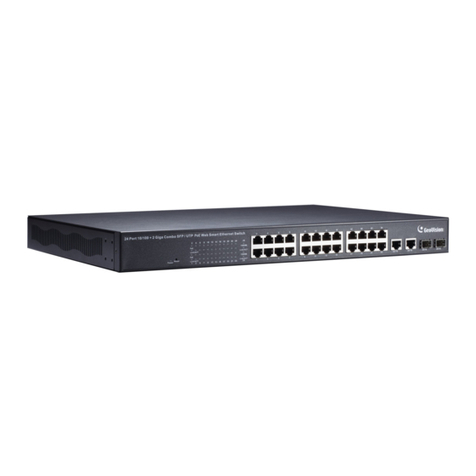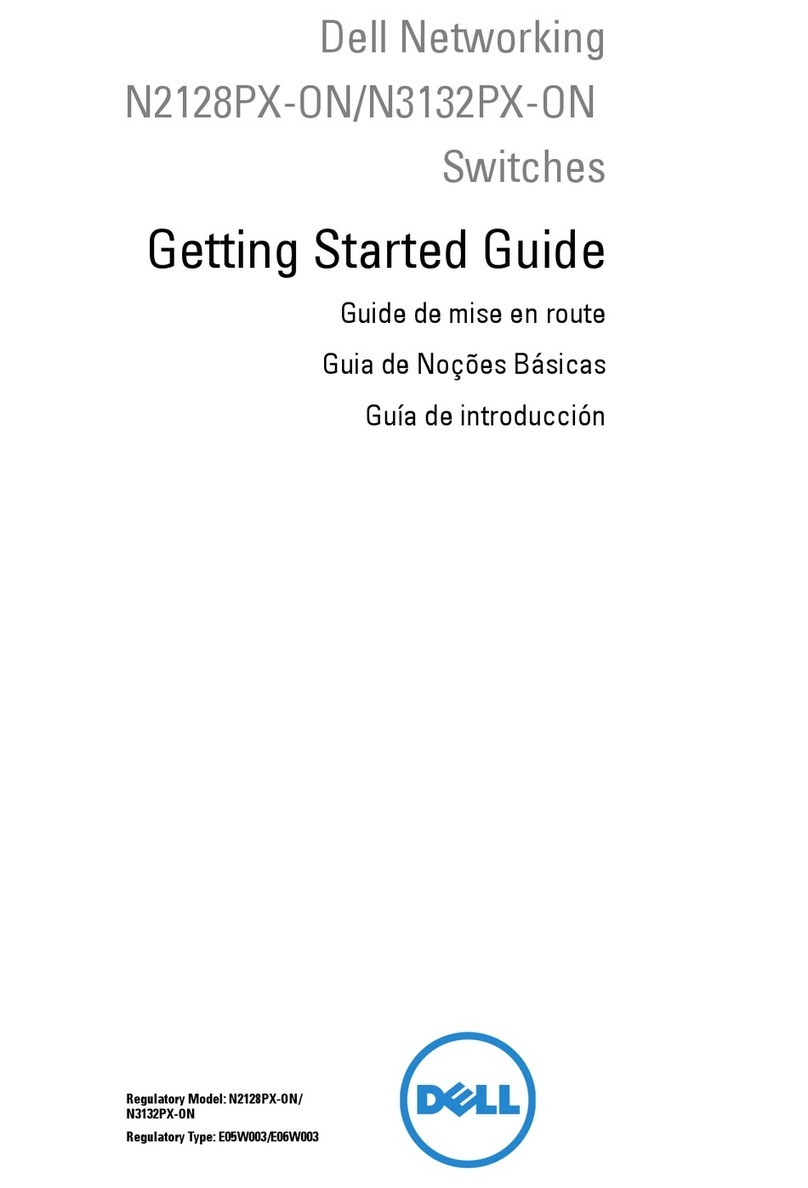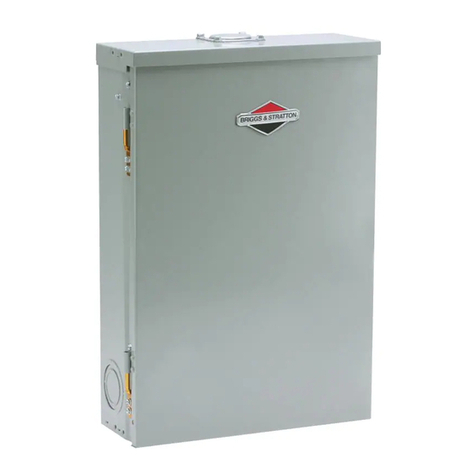Delta Controls GR2 Guide

www.delta-controls.com
IOM-GR-A : AUGUST 2016
Installation, Operation &
Maintenance Instructions
GR Series
Models GR2, GR4 (Pressure Switches)
Models GR3, GR6 (Differential Pressure Switches)
Model GR7 (Temperature Switches)
General
The unit is manufactured, checked and supplied in
accordance with our published specification, and
when installed and used in normal or prescribed
applications, with the lid in place and within the
parameters set for mechanical and electrical
performance, will not cause danger or hazard to life
or limb.
THE USERS ATTENTION IS DRAWN TO
THE FACT THAT, WHEN THE UNIT IS
‘LIVE’ WITH RESPECT TO ELECTRICAL
OR PRESSURE SUPPLIES, A HAZARD
MAY EXIST IF THE UNIT IS OPENED OR
DISMANTLED.
UNITS MUST BE SELECTED AND
INSTALLED BY SUITABLY TRAINED AND
QUALIFIED PERSONNEL IN
ACCORDANCE WITH APPROPRIATE
CODES OF PRACTICE SO THAT THE
POSSIBILITY OF FAILURE RESULTING IN
INJURY OR DAMAGE CAUSED BY
MISUSE OR MISAPPLICATION IS
AVOIDED.
THE MICROSWITCH ASSEMBLY WITH
FACTORY SEALED LEADS HAS BEEN
CAREFULLY POSITIONED AT THE
FACTORY. ANY DISTURBANCE MAY
RENDER THIS UNIT INOPERATIVE.
Operating principles
Pressure Switch models GR2, GR4 and Differential
Pressure Switch models GR3, GR6 are diaphragm
operated switches.
These diaphragms generate a force proportional to
the applied pressure and are balanced by a user
adjustable control spring. When the force exceeds
that created by the control spring, the diaphragm
moves causing a push rod to actuate a snap-acting
micros-witch.
Temperature model GR7 works in the same way as
the Pressure models with the exception that the
applied pressure comes from the expansion of a
vapour enclosed in either a rigid stem or semi-rigid
thermal system.
CERTIFICATIONS
Intrinsically Safe Models
Intrinsically safe models carry the following label
markings:
This equipment may be used in zones 0, 1 & 2 with
flammable gases and vapours with apparatus
groups IIA, IIB & IIC and with temperature classes
T1, T2, T3, T4, T5 & T6.
This equipment is only certified for use in ambient
temperatures in the range –40°C to +60°C for T6
and –40°C to +85°C for T4 and should not be used
outside this range.
The certificate number has an ‘X’ suffix which
indicates that special conditions of installation and
use apply. Those installing or inspecting this
equipment must have access to the contents of the
certificate or these instructions. The conditions listed
in the certificate are reproduced below:
THE APPARATUS MUST BE INSTALLED
SUCH THAT THE RISK OF IMPACT OR
ABRASION IS NEGLIGIBLE.
THE PERMANENTLY ATTACHED LEADS
MUST BE SUITABLY PROTECTED
AGAINTS MECHANICAL DAMAGE AND
TERMINATED IN A SUITABLE JUNCTION
OR TERMINAL FACILITY WITH A
MINIMUM DEGREE OF PROTECTION OF
AT LEAST IP6X.
THE INSTALLATION OF EXTERNAL
CONNECTIONS TO MODELS OF THE
APPARATUS WITH TERMINAL
ENCLOSURES MUST BE CARRIED OUT
USING APPROPRIATE CONDUIT OR
CABLE GLAND WITH A DEGREE OF
PROTECTION OF AT LEAST IP6X,
COMPONENT CERTIFIED BY AN EU
APPROVED CERTIFICATION BODY.
ATEX
ATEX
ATEX

www.delta-controls.com
IOM-GR-A : AUGUST 2016
Flameproof Models
Flameproof models carry the following label
markings:
This equipment may be used in zones 1 & 2 with
flammable gases and vapours with apparatus groups
IIA, IIB & IIC for temperatures classes T1, T2, T3,
T4, T5 & T6.
This equipment is only certified for use in ambient
temperatures in the range –40°C to +60°C for T6
and –40°C to +85°C for T4 and should not be used
outside this range.
The certificate number has an ‘X’ suffix which
indicates that special conditions of installation and
use apply. Those installing or inspecting this
equipment must have access to the contents of the
certificate or these instructions. The conditions listed
in the certificate are reproduced below:
THE PERMANENTLY ATTACHED LEADS
MUST BE SUITABLY PROTECTED
AGAINTS MECHANICAL DAMAGE AND
TERMINATED IN A SUITABLE JUNCTION
OR TERMINAL FACILITY.
Models with Junction Boxes
Junction boxes with Exe approval carry the following
label markings:
This equipment is only certified for use in ambient
temperatures in the range –20°C to +40°C for T6
and should not be used outside this range.
Option include:
Code ‘C’: see Fig 1
Code ‘D’: same dimensions as code ‘C’ but Exe
approved for use in Zone 1.
Code ‘V’ and ‘W’ same dimensions as code ‘C’
but Exia approved for use in Zone 0.
Code ‘J’ :see Fig 2. Exe approved for use in Zone
1.
Note: When weatherproof junction box code ‘C’
is fitted the unit must not be used in hazardous
areas unless the circuit or system to which it is
connected is Intrinsically Safe.
INSTALLATION
Mounting (All models)
The instruments are designed to be mounted
vertically with the process connection underneath.
However, mounting up to 45° from the vertical in any
plane is acceptable, although a small calibration shift
may occur. They can be mounted either direct to
process, or to a wall or panel using the back plate
provided. Select the mounting point so as to avoid
stresses, excessive shock, vibration or temperature
fluctuation being imparted to the switch during
operation. Instruments should be mounted to avoid
excessive heat transfer from the process lines or
adjacent plant. To avoid undue stresses being
imparted to the instrument when wall/panel
mounted, it is recommended that a short length of
flexible line be installed between the instrument and
process line. If sudden changes of pressure
(pulsations) are likely then we recommend that
snubbers are fitted between the process line and
instrument.
ALWAYS HOLD A WRENCH ON THE
PRESSURE ENTRY HEX WHEN MAKING
PRESSURE CONNECTION TO THE
SWITCH. DO NO TIGHTEN BY TURNING
THE ENCLOSURE.
CHECK THE CONNECTION THREAD SIZE
AND SPECIFICATION ON THE UNIT TO
AVOID MIS-MATCHING WITH THE
PROCESS CONNECTION ADAPTOR. SEE
DIGIT 11 OF PRODUCT CODE.
Mounting (Model GR7- Rigid Stem)
Assemble the unit via a thermowell, using the
spanner facility provided and ensuring that:
a) the sensing bulb is fully immersed in the process
temperature
b) the sensing bulb does not bottom out in the
thermowell which could cause damage
Mounting (Model GR7 - Capillary system)
Mount the sensing bulb so that the capillary end is
above the bulb and the bulb is level with, or no more
than 250mm below the base of the instrument. The
stem is fitted with a sliding compression gland to
accommodate different thermowells.
ATEX

www.delta-controls.com
IOM-GR-A : AUGUST 2016
Junction Boxes
Various optional junction boxes can be provided and
are defined by the 5th character of the model code.
Installation of electrical adaptors and ca-
ble glands to the electrical entry - when
Junction Box is fitted
The standard entry is a single 1/2” NPT - M thread.
Other non-ISO and tapered threads will have their
size and type stamped on the enclosure next to the
entry.
TAKE CARE TO SELECT AND INSTALL
ADAPTORS THAT DO NOT REDUCE THE
ENCLOSURE’S DEGREE OF PROTEC-
TION WHEN IN USE IN ZONE 1 HAZARD-
OUS AREAS.
IT IS A SAFETY REQUIREMENT THAT AT
LEAST 5 FULL THREADS ARE ENGAGED
BETWEEN THE ADAPTER, CABLE
GLAND OR STOPPING PLUG, AND THE
ELECTRICAL ENTRY WHEN THE UNIT IS
IN OPERATION. NEVER OPERATE THE
UNIT UNLESS THIS CONDITION IS MET.
Wiring
DISCONNECT ALL SUPPLY CIRCUITS
BEFORE WIRING
DO NOT EXCEED ELECTRICAL RATINGS
STATED IN LITERATURE AND ON NAME-
PLATES.
THE LEADS ARE FACTORY SEALED SO
IT IS UNNECESSARY TO SEAL THE CON-
DUIT TO THE CONDUIT NIPPLE. HOWEV-
ER, THE LEADS MUST BE SUITABLY
PROTECTED AGAINST MECHANICAL
DAMAGE AND TERMINATED IN A SUITA-
BLE JUNCTION BOX OR TERMINAL FA-
CILITY IN ACCORDANCE WITH LOCAL
AND NATIONAL CODES. EACH CON-
DUCTOR IS PROVIDED WITH AN IDENTI-
TY TAG. IF THESE BECOME DETACHED
REFER TO THE COLOUR CODE IN THE
WIRING DIAGRAM (FIG 3).
IF THE EQUIPMENT IS LIKELY TO COME
INTO CONTACT WITH AGGRESSIVE
SUBSTANCES, E.G. ACIDIC LIQUIDS OR
GASES THAT MAY ATTACK METALS OR
SOLVENTS THAT MAY AFFECT POLY-
MER MATERIALS, THEN IT IS THE RE-
SPONSIBILITY OF THE USER TO TAKE
SUITABLE PRECAUTIONS THAT PRE-
VENT IT FROM BEING ADVERSELY AF-
FECTED THUS ENSURING THAT THE
TYPE OF PROTECTION IS NOT COM-
PROMISED.
ATEX
ATEX
Fig 3
Fig 2
Fig 1
JUNCTION BOX
CODES ‘C’ & ‘D’
4 MOUNTING
HOLES 4.5
mm DIA
SUITABLE
FOR M4
SCREWS
MAX HEAD
DIA 7.5 mm
CONDUIT ENTRY
M20 x 1.5
20
0.79
15.0
0.59
45.0
1.77
171.0
6.73

www.delta-controls.com
IOM-GR-A : AUGUST 2016
Wiring - when Junction Box is fitted
(See Fig. 4)
Some models may be provided with an integral
weatherproof or Ex junction box.
WIRE IN ACCORDANCE WITH LOCAL
AND NATIONAL CODES. USE CABLES
NO LARGER THAN 2.5 MM² (14 AWG)
Insert bare wires fully into the terminal block and
tighten securely. Keep wiring tails to a minimum.
End of line resistors
Some products may be supplied to order fitted with
end of line resistors. Resistors in use may generate
a heat source. The type, quantity, configuration,
fitment method and allowable electrical loads are
limited by the scope of the certification.
NEVER FIT END OF LINE RESISTORS OR
MODIFY WITHOUT REFERENCE TO
DELTA CONTROLS
Replacing cover on Flameproof
enclosures
Before connecting to electrical power, screw on
cover hand tight making sure that mating surfaces of
the lid and enclosure are in contact. Use the locking
screws provided to prevent casual and unauthorised
removal of the cover.
DO NOT USE GREASES OR
LUBRICANTS NOT COMPATIBLE WITH
THE ENVIROMENT, PROCESS OR
ALUMINIUM.
IT IS A SAFETY REQUIREMENT THAT AT
LEAST 5 FULL THREADS ARE ENGAGED
BETWEEN THE COVER / LID AND THE
ENCLOSURE WHEN THE UNIT IS IN
OPERATION. NEVER OPERATE THE
UNIT UNLESS THIS CONDITION IS MET.
OPERATION
Adjustments
Pressure and Temperature Switches are supplied
calibrated at the midpoint of their range and to a
falling pressure or temperature unless otherwise
specified.
Set point adjustments (All Models):
(See Fig. 5)
1. Isolate the instrument from process and power
(Adjustment may be carried out with the unit live)
2. Loosen both cover screws
3. Rotate cover anti-clockwise to allow access.
4. Using a screwdriver, rotate the range adjuster to
obtain the desire setting. Turn right to left to
increase the setting. An appropriate setting is
shown by pointer against reference scale.
5. Rotate cover clockwise to close and tighten
screws.
As a guide, one complete revolution of the adjuster
will alter the set point by approximately 15% of the
range.
Note: For accurate setting of Pressure and
Differential Pressure models, a suitable pressure
gauge must be used in conjunction with the above
procedure. Do not attempt to set the switch outside
the scale limits. For Temperature models a suitable
calibrated temperature source should be used.
Though the unit may be set anywhere within its
range, for optimum performance, it is good practice
to have a set point value between 25% and 75% of
span.
Process configurations (Models GR3,
GR6 - other than range BC)
For normal pressure difference operation, the
connections are made to the High Pressure (HP)
and Low Pressure (LP) ports as appropriate. For
single-ended positive pressure operation, the HP
only is used and the LP is left open to atmosphere.
The single-ended negative pressure operation, the
LP only is used and the HP is left open to
atmosphere.
Use a breather / filter in the vacant port of single-
ended operation.
SCREW DRIVER
LOCATION SLOTS
LOWEST SET POINT
HIGHEST SET POINT
ADJUST RIGHT TO
LEFT TO INCREASE
SET POINT
Fig 3
ATEX
ATEX
Fig 5
ATEX
ATEX
NC
COM
NO
NC
COM
NO
EARTH SCREW
TERMINAL BLOCK
NORMAL R H
ELECTRICAL ENTRY
Fig 2
Fig 4

www.delta-controls.com
IOM-GR-A : AUGUST 2016
Compound range eg –12.5 to +12.5 mbar
(Models GR3, GR6 - range BC)
For normal operation, negative pressure may be
applied to the LP port, whereby the HP port is left
open to atmosphere and the set point is between 0
and +12.5 mbar.
For reverse operation, negative pressure may be
applied to the HP port, whereby the LP port is left
open to atmosphere and the set point is between 0
and –12.5 mbar.
For positive pressures, the opposite applies.
It is recommended that the minimum setting is to be
not less than 5% of FS either side approaching zero.
MAINTENANCE
Inspections should be carried out at quarterly to
yearly intervals depending upon operating
conditions.
Where a terminal enclosure is fitted, isolate the unit
from process and power and remove the lid. Check
all terminals for tightness. Check that cable tails are
not fouled or chafed. Check for internal
condensation. Rectify as necessary.
It is recommended that instruments used to provide
an alarm are operated periodically to ensure they
are functioning correctly.
If further maintenance is required, seek advice from
DELTA CONTROLS before attempting repair or
replacement of parts.
Should the diaphragm fail the process will vent to
atmosphere via a control orifice without pressurising
the switch enclosure. Periodically ensure the vent
area does not become blocked and vent plug has
not degraded. Ensure that the vent area is not
obstructed.
THE EQUIPMENT CONTAINS NO
USERREPLACEABLE PARTS AND IS NOT
INTENDED TO BE REPAIRED BY THE
USER. REPAIR OF THE EQUIPMENT IS
TO BE CARRIED OUT BY THE
MANUFACTURER, OR THEIR APPROVED
AGENTS, IN ACCORDANCE WITH THE
APPLICABLE CODE OF PRACTICE.
ELECTRICAL ISOLATION—THESE
PRODUCTS ARE NOT SUITABLE FOR
ELECTRICAL ISOLATION. ALWAYS
ISOLATE CIRCUIT TO CARRY OUT ANY
ELECTRICAL WORK.
REPLACEMENT PARTS:
Use only factory authorised parts and the fitting
instructions that are supplied.

www.delta-controls.com
IOM-GR-A : AUGUST 2016
DIMENSIONS
Enclosures Styles
Sensors
4.37
111.0
'A' APPROX
FLYING LEADS CODE ‘A’
½” NPT
GROUND
SCREW ‘H’
OR ‘R’
MOUNTING
HOLES FOR
M5 SCREWS
VENTING DEVICE
(WHEN FITTED) ‘H’
OR ‘R’
PROCESS
CONNECTOR
UNITS
DIM
‘A’
½”NPT MALE
INCHES
1.85
MM
47
OTHERS
INCHES
1.46
MM
37
JUNCTION BOX
CODES ‘C’ & ‘D’
4 MOUNTING
HOLES 4.5
mm DIA
SUITABLE
FOR M4
SCREWS
MAX HEAD
DIA 7.5 mm
CONDUIT ENTRY
M20 x 1.5
20
0.79
15.0
0.59
45.0
1.77
171.0
6.73
This manual suits for next models
4
Table of contents
Other Delta Controls Switch manuals
